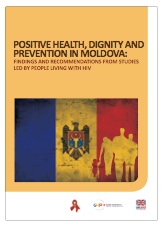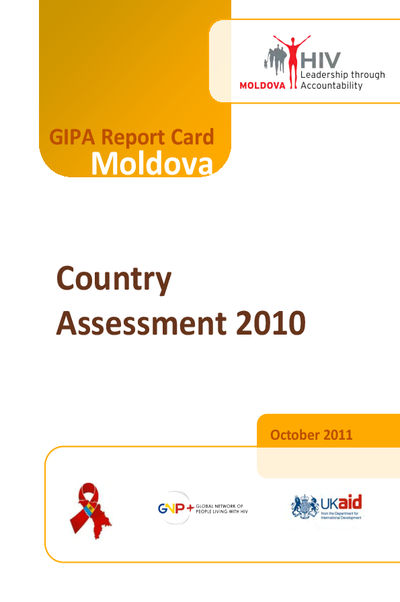The Republic of Moldova is the poorest country in Europe (in terms of per capita income). The country is divided into 32 districts, five municipalies, the autonomous territorial region of Gagauzia and the administrative-territorial region located on the left bank of the Dniester River known as Transnistria.
While Moldova registered a growth in GDP in recent years, unemployment remains high, wage arrears increased dramatically and external migrantion continues. There is a widening gap between rural and urban areas and also high levels of gender inequality. Moldovan women are mostly employed in low- paying jobs and occupy lower positions in the job hierarchy where they are employed.
People of Moldova:
- The average birth rate is 1.5 children per woman
- Life expectancy is 69 years
- 29 % live below the poverty line.
The epidemic
The HIV epidemic in the Republic of Moldova is a concentrated one, mainly affecting people who use drugs. The results of the last HIV sero-prevalence survey among people who use drugs carried out in 2009 showed an HIV prevalence of 16.4% in the capital of the country. However in the last three years, the number of newly registered HIV cases among the tested people who use drugs is decreasing, according to the 2012 Country Progress Report.





